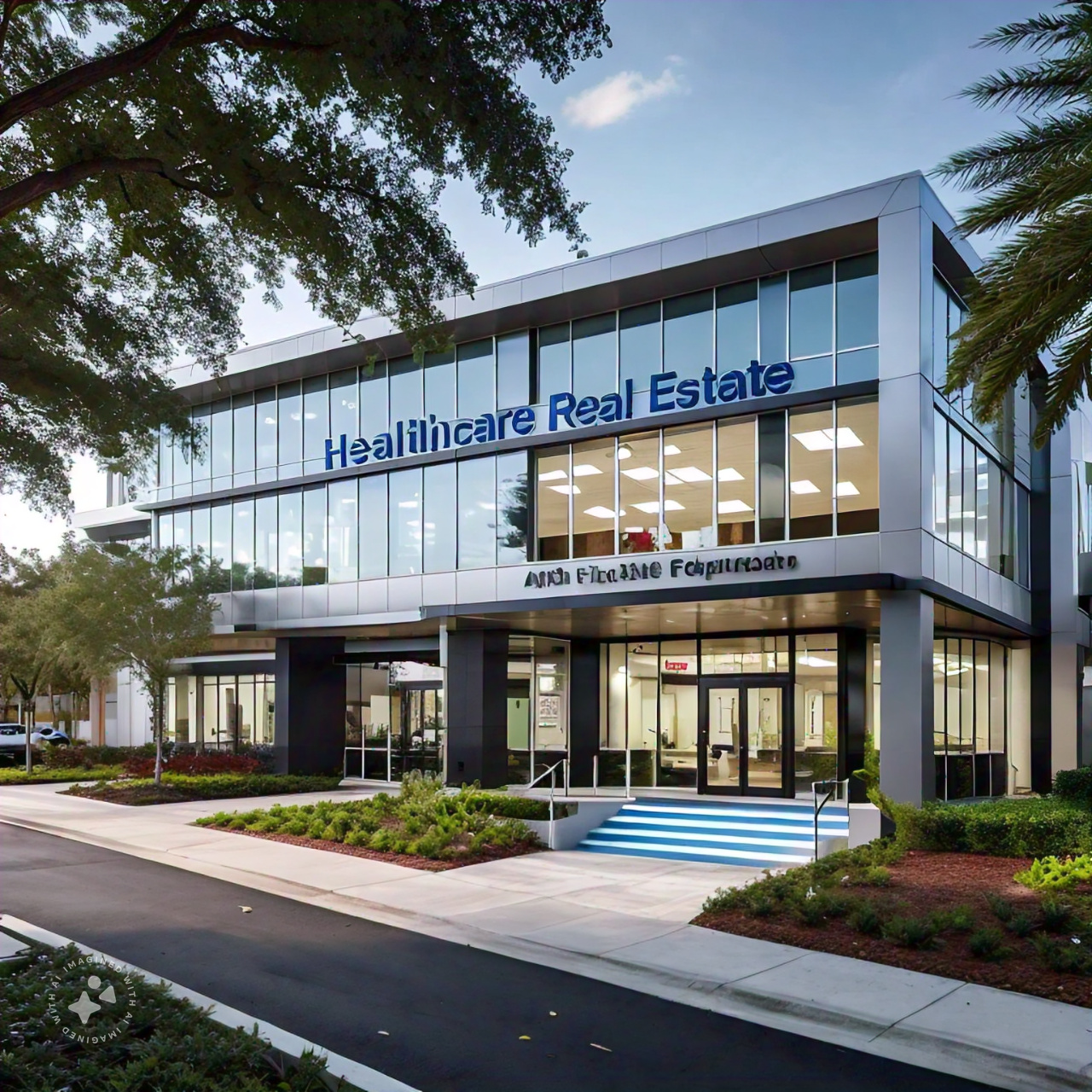Introduction
The healthcare real estate market in Florida is experiencing dynamic growth and transformation. Driven by an aging population, technological advancements, and a focus on integrated healthcare delivery, this sector is evolving rapidly. This analysis explores the latest trends in healthcare real estate in Florida, highlighting the factors shaping the market and the opportunities available for investors and healthcare providers.
Aging Population and Increased Demand
One of the most significant drivers of healthcare real estate in Florida is the state’s aging population. The state maintains one of the highest active adult populations in the country. This demographic trend is fueling demand for various healthcare facilities, including:
• Senior Living Communities: There is a growing need for independent living, assisted living, and memory care facilities.
• Medical Office Buildings (MOBs): The demand for outpatient services and specialized medical care is increasing, leading to a rise in the development of MOBs.
Technological Advancements and Telehealth
Technological advancements are reshaping healthcare delivery and impacting real estate needs. With new services such as tele-health, the industry is influencing the design and utilization of healthcare spaces. Key trends include:
• Flexible Spaces: Healthcare facilities are increasingly designed with flexibility to accommodate tele-health services and changing patient care models.
• Tech-Enabled Facilities: New developments are incorporating advanced IT infrastructure to support telemedicine and other digital health technologies.
Integrated Healthcare Delivery Models
The trend towards integrated healthcare delivery models is driving demand for comprehensive healthcare campuses that offer a range of services under one roof. These campuses often include:
• Outpatient Centers: Facilities that provide outpatient services, such as diagnostics, treatment, and minor surgeries.
• Wellness Centers: Spaces that focus on preventive care, fitness, and holistic wellness.
• Specialty Clinics: Clinics that cater to specific medical needs, such as oncology, cardiology, and orthopedics.
Urban and Suburban Expansion
The expansion of healthcare facilities is not limited to urban centers. Suburban areas in Florida are also witnessing significant growth in healthcare real estate due to population migration patterns and the need for accessible healthcare services. Trends in location include:
• Suburban Growth: Development of healthcare facilities in suburban regions to cater to growing communities.
• Urban Redevelopment: Repurposing and redevelopment of existing buildings in urban areas to create modern healthcare facilities.
Investment in Life Sciences and Research Facilities
Florida is becoming a hub for life sciences and medical research, attracting investments in specialized real estate. Key areas of investment include:
• Research and Development (R&D) Facilities: Laboratories and R&D spaces for biotechnology, pharmaceuticals, and medical research.
• Bio-manufacturing Facilities: Production facilities for biopharmaceuticals and medical devices.
Focus on Sustainability and Green Building Practices
Sustainability is a growing concern in healthcare real estate, with a focus on creating environmentally friendly and energy-efficient buildings. Trends include:
• Green Certifications: Healthcare facilities seeking LEED certification and other green building standards.
• Energy Efficiency: Implementation of energy-efficient systems, such as HVAC and lighting that reduces operator expense.
• Sustainable Materials: Use of sustainable and non-toxic building materials to promote health and wellness.
Public-Private Partnerships (PPPs)
PPP’s will continue to play an important role in the development of healthcare infrastructure in Florida. These collaborations help leverage public and private resources to fund and manage healthcare projects. Examples include:
• Joint Ventures: Partnerships between healthcare providers and real estate developers to create state-of-the-art medical facilities.
• Government Incentives: Utilization of government grants and incentives to support healthcare real estate projects.
Challenges and Considerations
Despite the positive trends, there are challenges and considerations in the healthcare real estate market:
• Regulatory Compliance: Navigating the complex regulatory landscape in healthcare can be challenging for developers and investors.
• Rising Construction / Land Costs: The increasingly expensive cost of land and construction of medical facilities may impact project feasibility.
• Workforce Shortages: A shortage of healthcare professionals can affect the operational efficiency of new healthcare facilities.
Final Thoughts…
The healthcare real estate market in Florida is poised for continued growth, driven by demographic trends, technological advancements, and evolving healthcare delivery models. Investors and developers who can navigate the regulatory landscape, manage rising costs, and capitalize on emerging trends such as tele-health and sustainability will find significant opportunities in this dynamic market. The focus on integrated healthcare campuses, suburban expansion, and life sciences facilities underscores the evolving nature of healthcare real estate in Florida, promising robust development and investment potential in the years to come. MX Properties provides helpful insight into Tampa commercial real estate as well as medical real estate.





